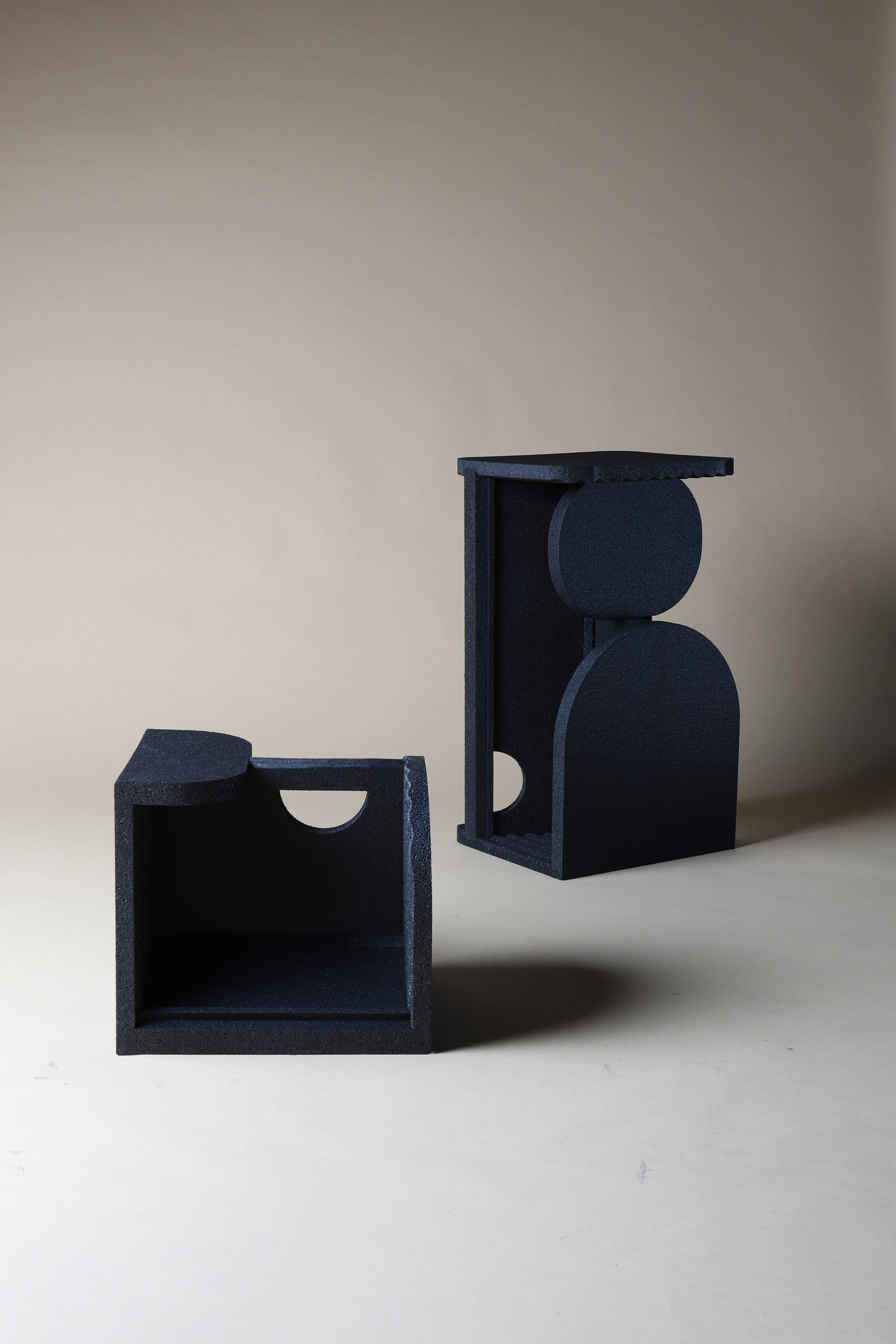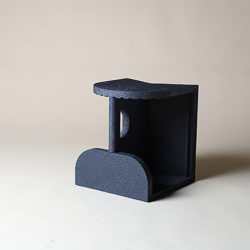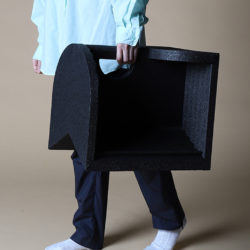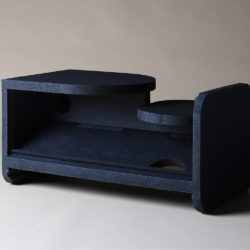Find your faces
Description
Find Your Faces is a Furniture defined by user decisions. A User can choose one of the different sides of the furniture according to User's situation and needs.What is the Topic?
Humanity grows and grows. The United Nations is announcing its World Urbanization Prospect based on a census of 233 countries. According to the report, the world's population continues to grow around cities. By 2050, 70 percent of the population will live in cities. Many people with different cultural backgrounds will have their roots in the city for various reasons. Therefore, many cultures, religions and ethnicities come together in a city, so that a completely new urban culture is formed. New Yorkers and Berliners, for example, differ significantly in their nature, which does not mean the background. For many of the newcomers and residents, the city is or will become a home. However, the process of urbanization is not without its challenges. One of the biggest is the problem of offering everyone suitable living space. Since many cities cannot grow infinitely wide, the living space for the individual is getting smaller and smaller. In the past, it was not uncommon to find a town house or a low apartment building as a new building in Berlin. Nowadays almost all new buildings are multi-storey high-rise buildings. Whereas in the past a large apartment in an old building was occupied by a single family or person, it is now common for this apartment to be inhabited by a shared apartment in which everyone has a room. In other cities it is for example very common to rent small one-room apartments. One-person households are also becoming more common in Europe and one in three households is already a one-person household. If you take a closer look at working life, this trend towards smaller apartments or shared apartments is easy to understand. Because many young people change their job and place of residence, which often causes them to move from city to city. To properly solve this modern lifestyle, it is only logical that there are more and more living space solutions for this target group. For example, co-working spaces, old factory buildings that have been renovated and living space solutions in the smallest of spaces. How do you assess which furniture is suitable for such living spaces? My topic is to think about what kind of furniture is right to design in the midst of a housing problem caused by continuous urbanization and to propose a way to solve it. Existing furniture is usually used, but people can use it differently depending on their experience, situation or existing background perceive. For example, chairs are made with the ability to sit down. But people hang their clothes on chairs, block doors with chairs, and step on them when they take things from high places. So I think furniture can be used freely depending on the needs and circumstances of the user. My idea was to design furniture that can change flexibly depending on the circumstances or needs of people. I don't mean multifunctional furniture that can be transformed, but a piece of furniture that can be used and used well in any situation and can react to a variety of situations.
Why does it look like this?
The most important thing about designing was not to look the same as the existing furniture. In addition, the use of multiple sides of the furniture required good durability. Because it's about people using furniture according to their situation or their use, I had to create a process of "recognition" in which people thought about how it should be used. So, first of all, I excluded the forms of the existing furniture and designed them only in shapes, and I made various paper models, and then I made them into real-size again, and I did small experiments. I gave a model to my friends, observed how to use it, and completed the form based on feedback accordingly.
What is special?
Given that existing multifunctional furniture does not take into account the environment and the personal background of the user, I find it special that my object can reflect the personal background of the user. For example, depending on the cultural background, the height of a piece of furniture can be perceived differently. It is not uncommon in Far Eastern cultures to spend a lot of time sitting on the floor. The goal of my design is that the resident ultimately decides for himself how to place and use 'Find your faces' in his room. Due to the versatility of the furniture, no clear function is prescribed, which is why it is possible to give a certain expression to your individuality. The use can be determined at a glance, but it can vary over time depending on the interaction with the furniture. People can therefore discover new uses based on their own experiences and perceptions and further change their lifestyle.
What is new?
.




